Autism 101
Recent articles
Most-read articles
The link between maternal infection and autism, explained
Having an infection during pregnancy is tied to a small increase in the chances of having an autistic child, but the connection may not be causal.
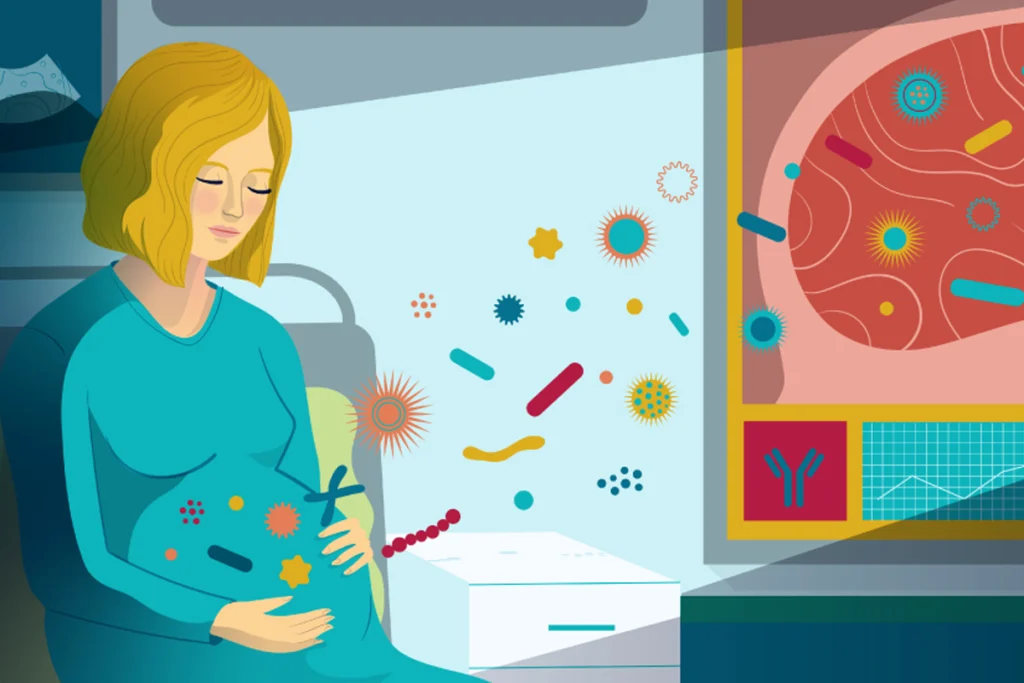
The link between maternal infection and autism, explained
Having an infection during pregnancy is tied to a small increase in the chances of having an autistic child, but the connection may not be causal.
Autism prevalence in the United States, explained
The bulk of the increase in autism prevalence stems from a growing awareness of the condition and changes to the diagnostic criteria.

Autism prevalence in the United States, explained
The bulk of the increase in autism prevalence stems from a growing awareness of the condition and changes to the diagnostic criteria.
Sleep problems in autism, explained
Many people with autism have difficulty falling and staying asleep, but there may be ways to help them.
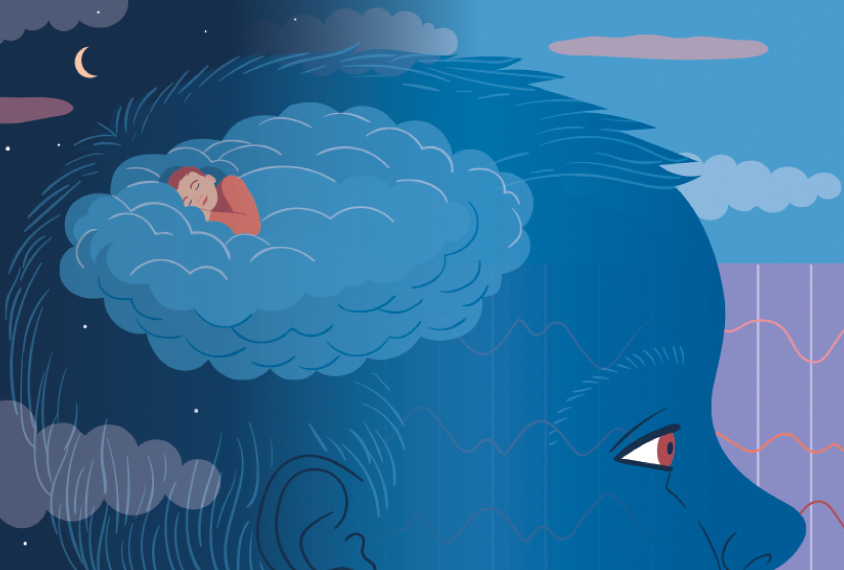
Sleep problems in autism, explained
Many people with autism have difficulty falling and staying asleep, but there may be ways to help them.
Double empathy, explained
The double empathy theory challenges the idea that social difficulties are specific to autism and suggests that problems arise from a mismatch in perspective between autistic and non-autistic people.
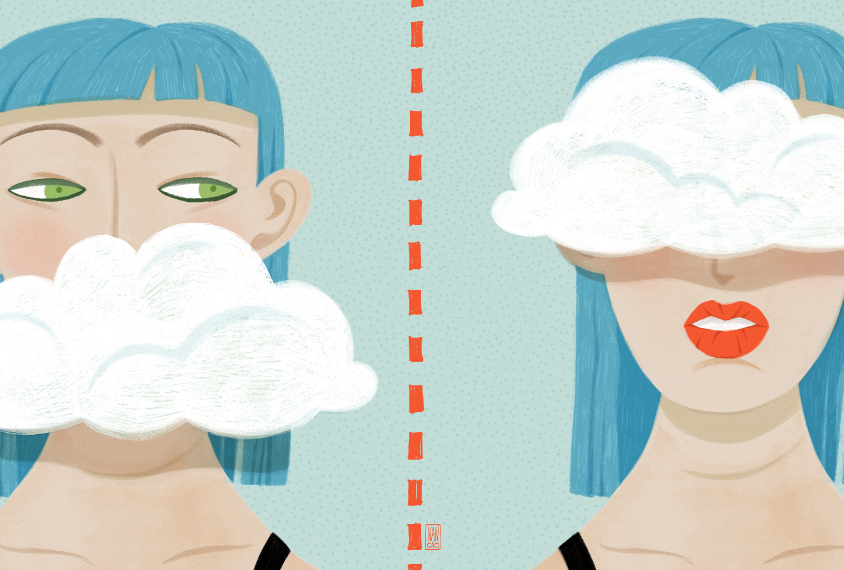
Double empathy, explained
The double empathy theory challenges the idea that social difficulties are specific to autism and suggests that problems arise from a mismatch in perspective between autistic and non-autistic people.
Autism theories and research
The extreme male brain, explained
The ‘extreme male brain’ theory suggests that autism is an exaggeration of systematic sex differences in ways of thinking.
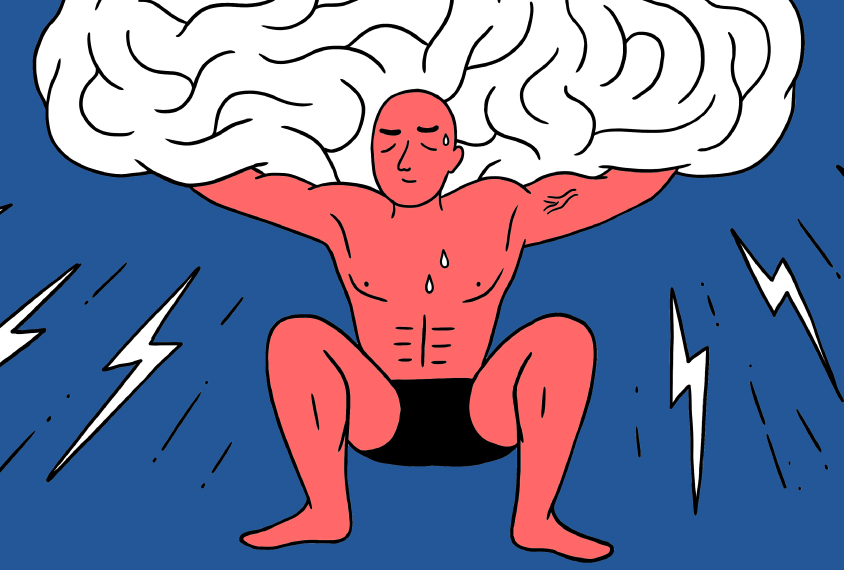
The extreme male brain, explained
The ‘extreme male brain’ theory suggests that autism is an exaggeration of systematic sex differences in ways of thinking.
The female protective effect, explained
One of the leading theories of autism posits that girls and women are biologically protected from the condition.
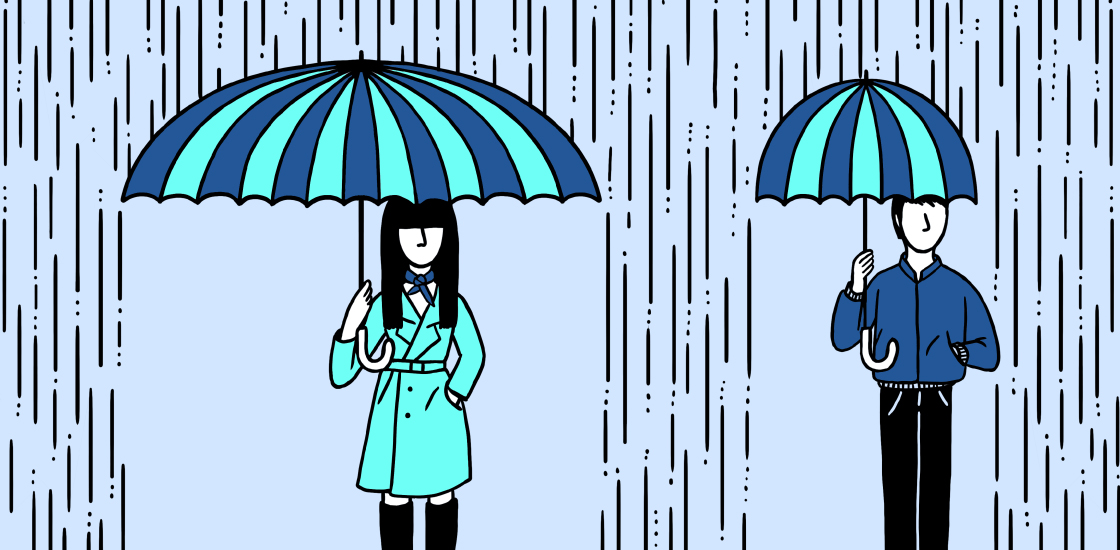
The female protective effect, explained
One of the leading theories of autism posits that girls and women are biologically protected from the condition.
The signaling imbalance theory of autism, explained
The signaling imbalance theory holds that the brains of autistic people are hyper-excitable because of either excess neuronal activity or weak brakes on that activity.
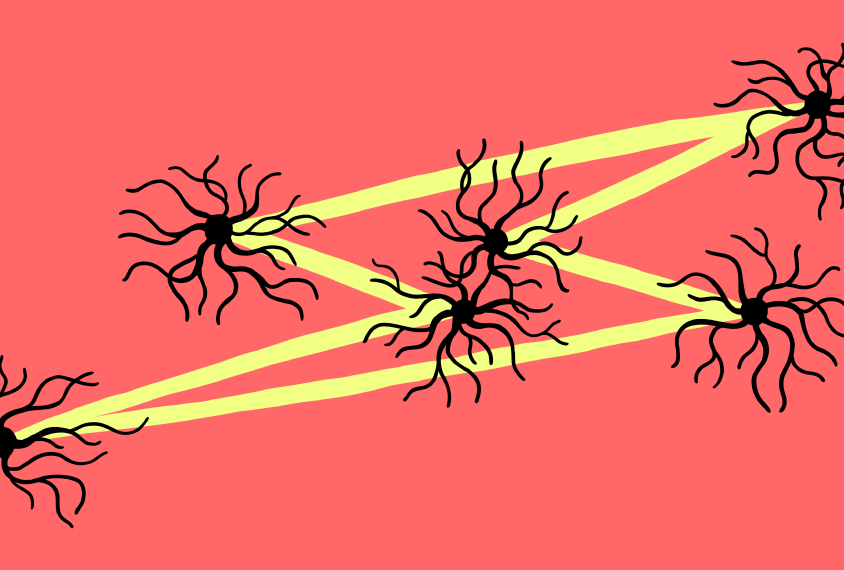
The signaling imbalance theory of autism, explained
The signaling imbalance theory holds that the brains of autistic people are hyper-excitable because of either excess neuronal activity or weak brakes on that activity.
The predictive coding theory of autism, explained
In autism, a person's brain may not form accurate predictions of imminent experiences, or even if it does, sensory input may override those predictions.
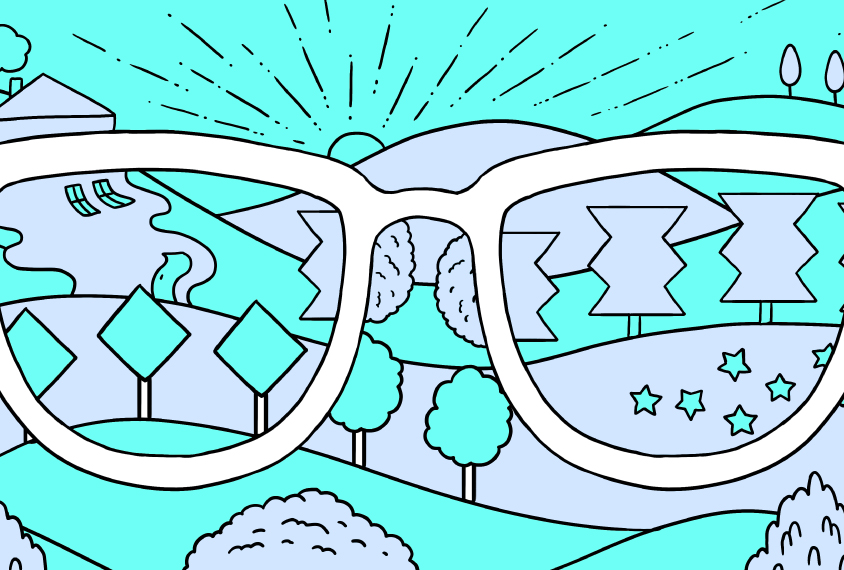
The predictive coding theory of autism, explained
In autism, a person's brain may not form accurate predictions of imminent experiences, or even if it does, sensory input may override those predictions.
The connectivity theory of autism, explained
A growing body of evidence suggests that autism involves atypical communication between brain regions, but how and where in the brain this plays out is unclear.
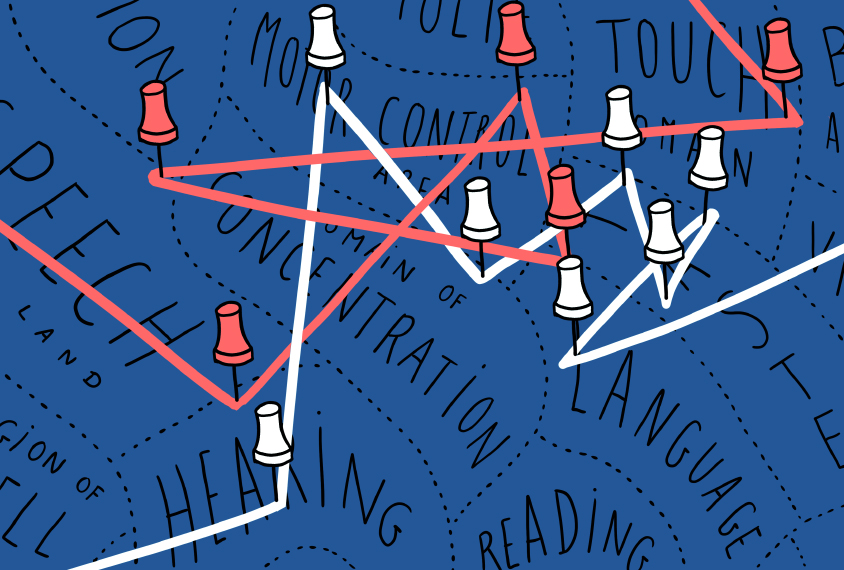
The connectivity theory of autism, explained
A growing body of evidence suggests that autism involves atypical communication between brain regions, but how and where in the brain this plays out is unclear.
Serotonin’s link to autism, explained
Serotonin, the brain chemical best known for its link to depression, may also be involved in autism.
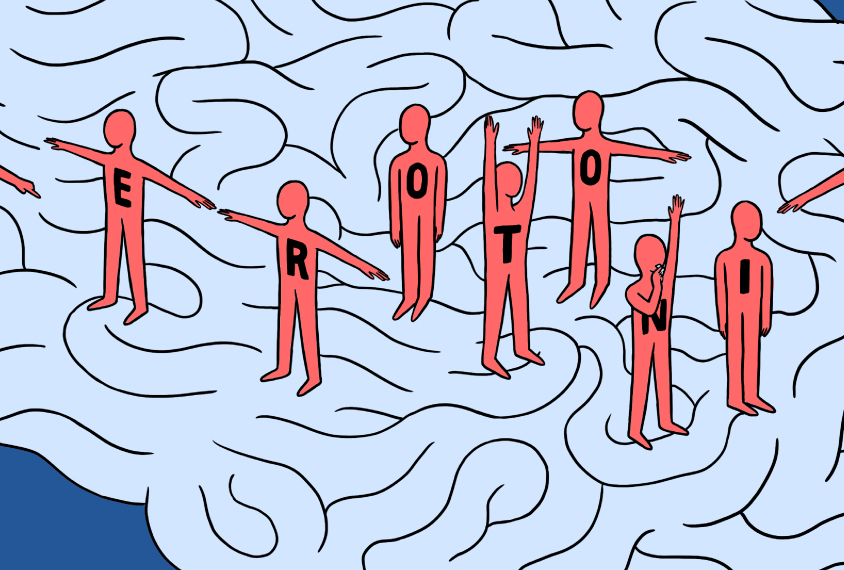
Serotonin’s link to autism, explained
Serotonin, the brain chemical best known for its link to depression, may also be involved in autism.
Preprints of autism research, explained
Over the past decade, biologists have increasingly been posting their research results on preprint servers, ahead of the results' publication in traditional scientific journals.
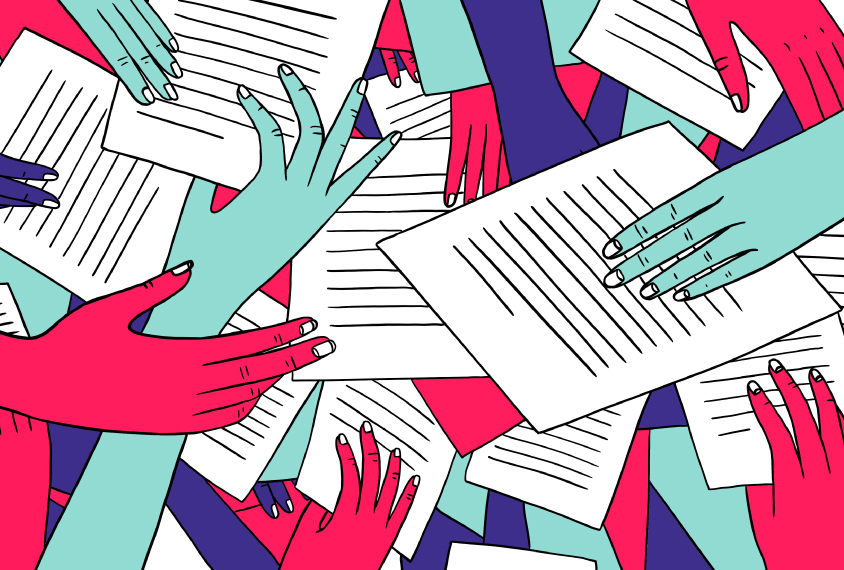
Preprints of autism research, explained
Over the past decade, biologists have increasingly been posting their research results on preprint servers, ahead of the results' publication in traditional scientific journals.
Double empathy, explained
The double empathy theory challenges the idea that social difficulties are specific to autism and suggests that problems arise from a mismatch in perspective between autistic and non-autistic people.

Double empathy, explained
The double empathy theory challenges the idea that social difficulties are specific to autism and suggests that problems arise from a mismatch in perspective between autistic and non-autistic people.
The multiple hits theory of autism, explained
Researchers are studying how a combination of genetic ‘hits’ may contribute to autism’s diversity.
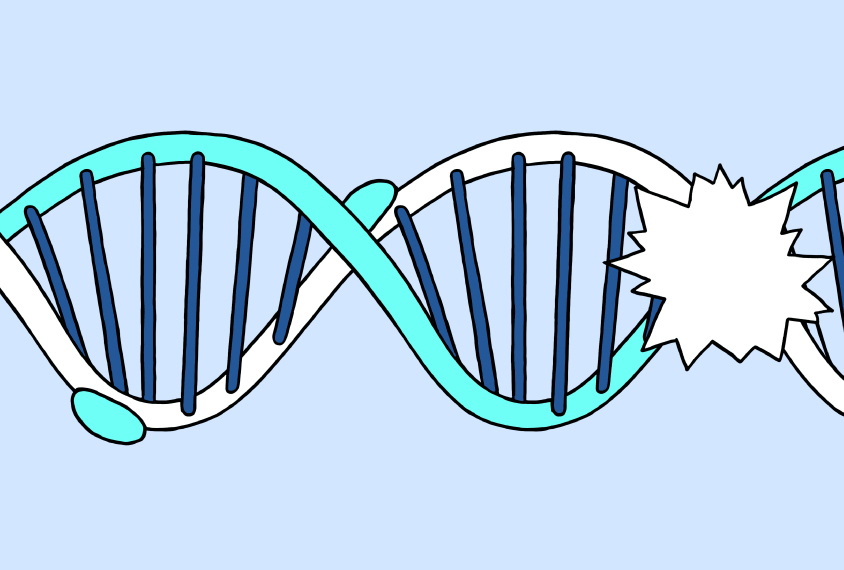
The multiple hits theory of autism, explained
Researchers are studying how a combination of genetic ‘hits’ may contribute to autism’s diversity.
Pathological demand avoidance in autism, explained
Some clinicians say the term describes a subtype of autism, but others dispute its validity and say it is harmful to the autistic community.
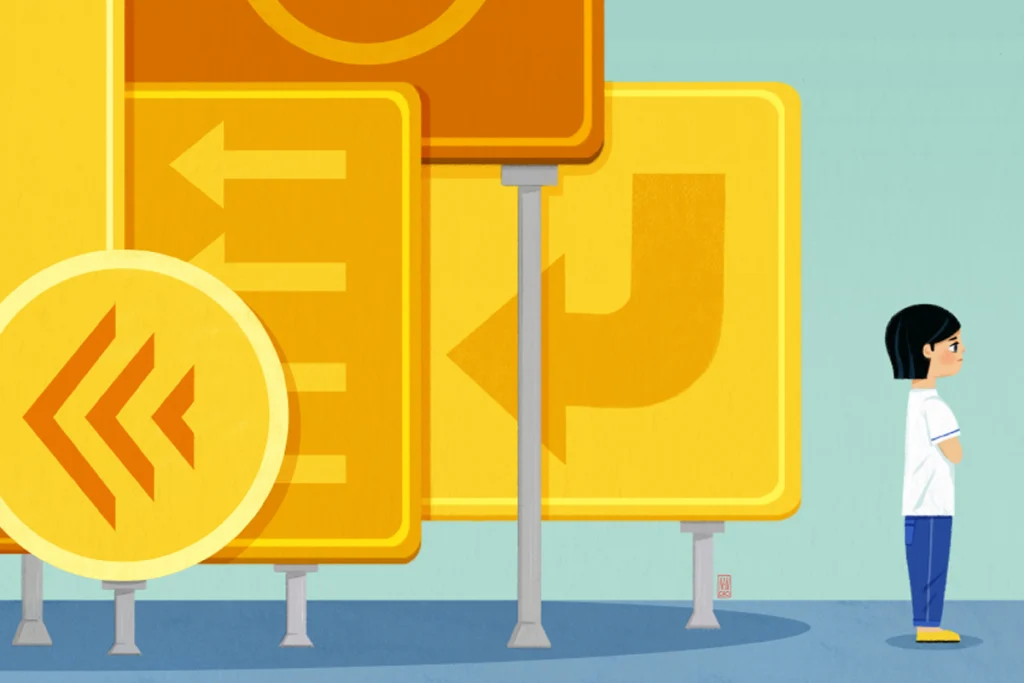
Pathological demand avoidance in autism, explained
Some clinicians say the term describes a subtype of autism, but others dispute its validity and say it is harmful to the autistic community.
Funding for autism research, explained
Biomedical research costs money. And applying for research funding can be a long and complicated process.
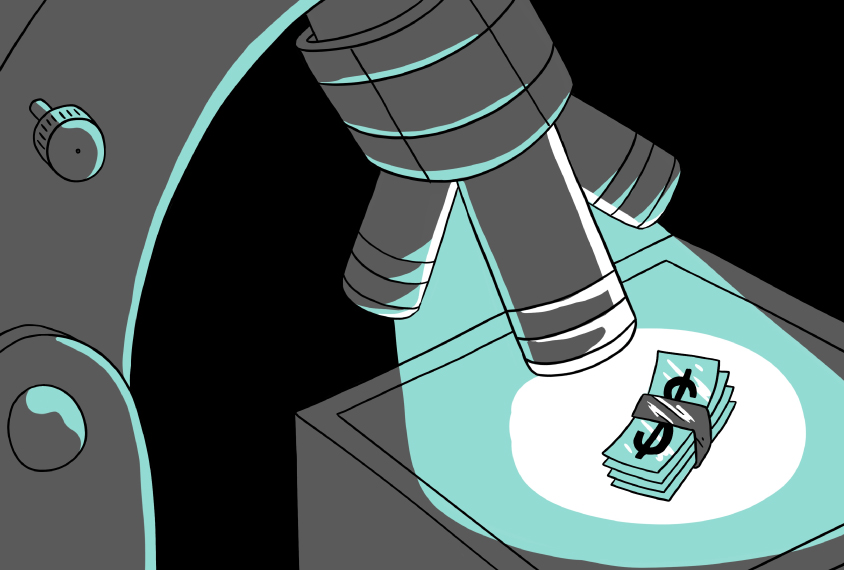
Funding for autism research, explained
Biomedical research costs money. And applying for research funding can be a long and complicated process.
Biological factors
Autism’s link to chromatin remodeling, explained
Many of the genes strongly linked to autism are involved in the remodeling of chromatin, the complex of DNA and proteins that makes up chromosomes. Scientists are just beginning to understand why.
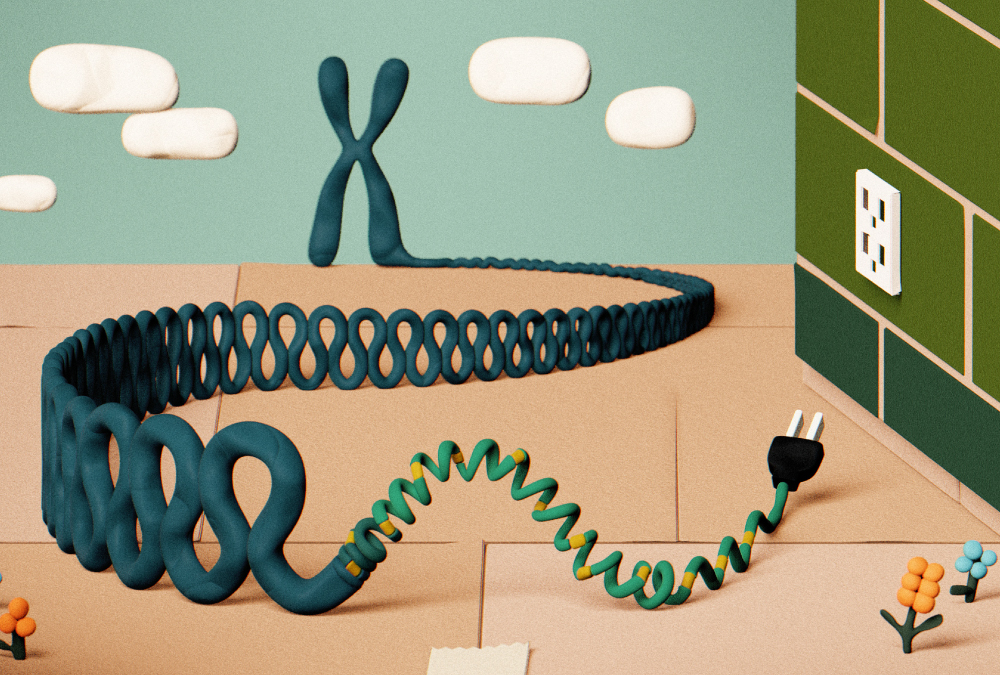
Autism’s link to chromatin remodeling, explained
Many of the genes strongly linked to autism are involved in the remodeling of chromatin, the complex of DNA and proteins that makes up chromosomes. Scientists are just beginning to understand why.
DNA methylation in autism, explained
How chemical tags called methyl groups position themselves on genetic sequences may hint at some of the causes of autism.
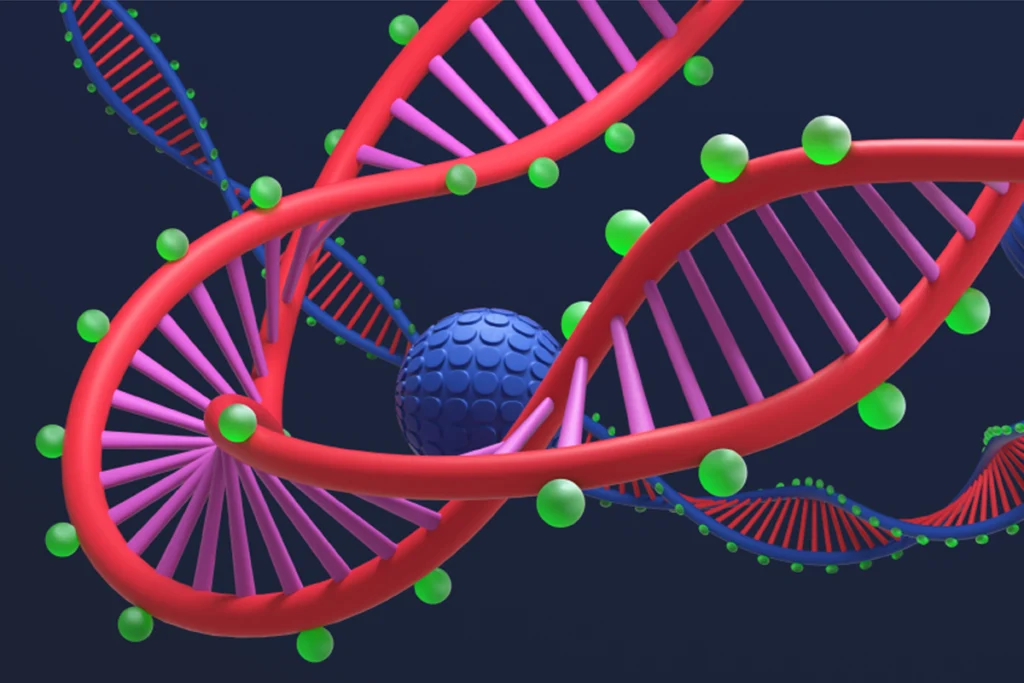
DNA methylation in autism, explained
How chemical tags called methyl groups position themselves on genetic sequences may hint at some of the causes of autism.
Genetic testing for autism, explained
No genetic test can say whether a person has autism, but it may point to a cause for the condition or for any related complications.
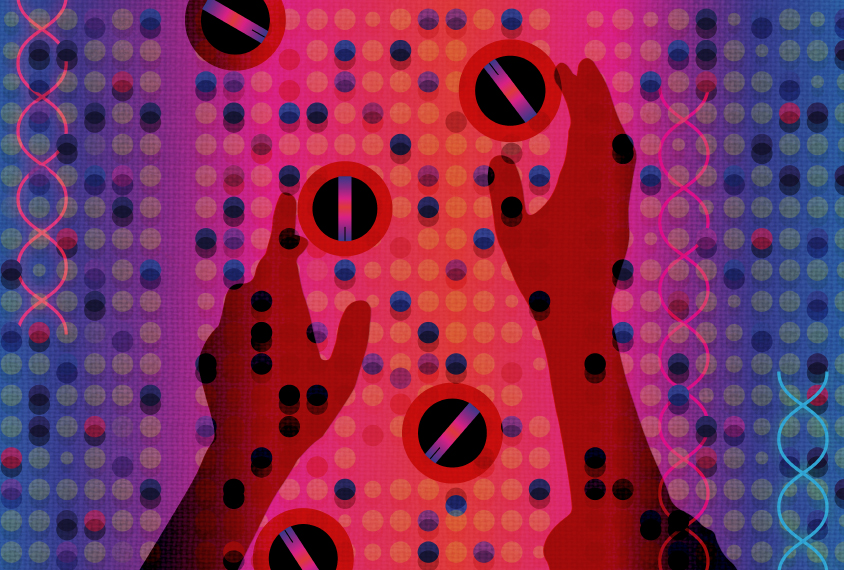
Genetic testing for autism, explained
No genetic test can say whether a person has autism, but it may point to a cause for the condition or for any related complications.
The link between parental age and autism, explained
Older men and women are more likely than young ones to have a child with autism, but this connection is not straightforward.

The link between parental age and autism, explained
Older men and women are more likely than young ones to have a child with autism, but this connection is not straightforward.
Environmental risk for autism, explained
Autism results from an interplay between genetics and the environment, but it has been tough to nail down the environmental factors involved.
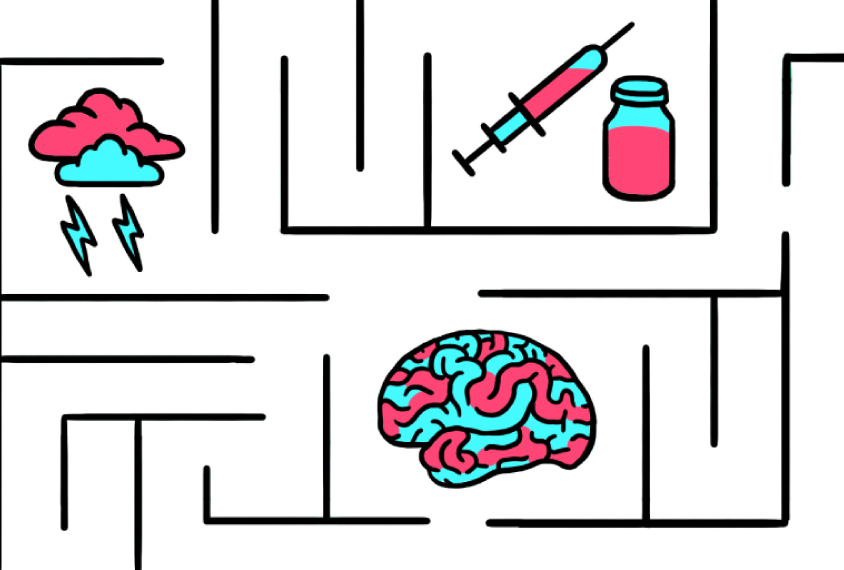
Environmental risk for autism, explained
Autism results from an interplay between genetics and the environment, but it has been tough to nail down the environmental factors involved.
Fragile X syndrome’s link to autism, explained
Fragile X syndrome is a leading genetic cause of autism. People who have either condition often share certain traits, such as difficulties in social situations.
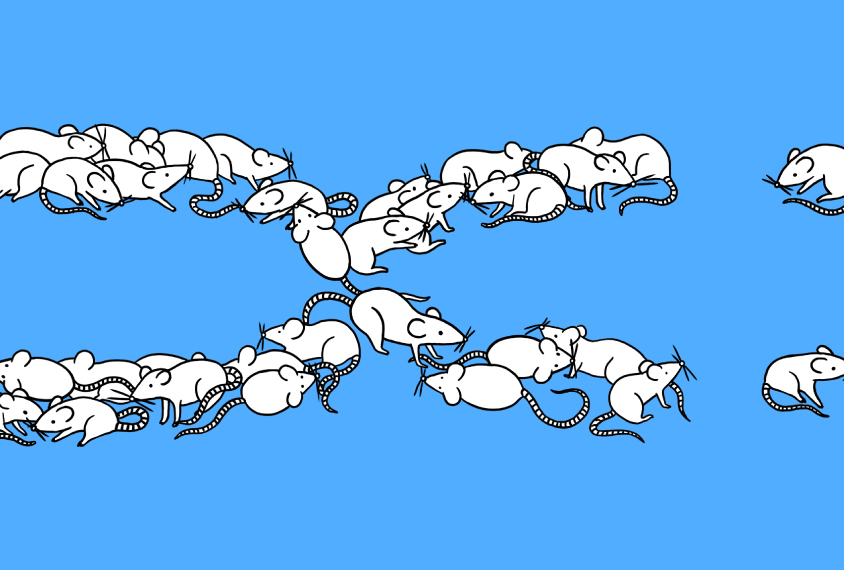
Fragile X syndrome’s link to autism, explained
Fragile X syndrome is a leading genetic cause of autism. People who have either condition often share certain traits, such as difficulties in social situations.
Rett syndrome’s link to autism, explained
Studies of Rett syndrome hint at genes, cells and brain circuits that may be involved in autism — and may pave the way to treatments for both conditions.
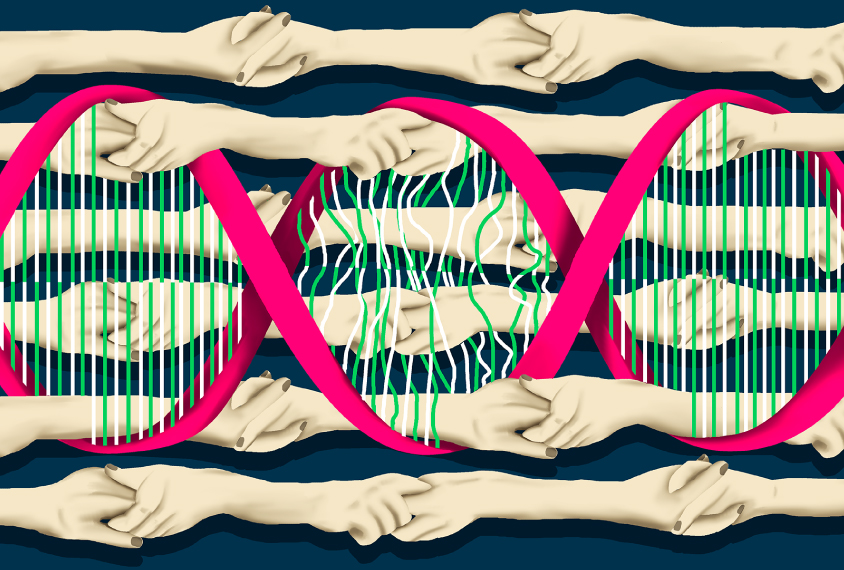
Rett syndrome’s link to autism, explained
Studies of Rett syndrome hint at genes, cells and brain circuits that may be involved in autism — and may pave the way to treatments for both conditions.
The link between antidepressants and autism, explained
Taking antidepressants during pregnancy is unlikely to raise the risk of having a child with autism.
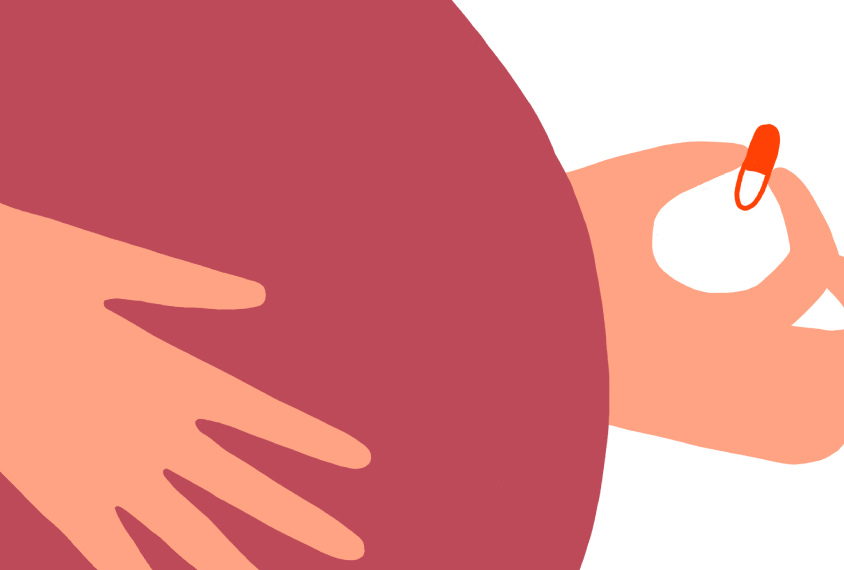
The link between antidepressants and autism, explained
Taking antidepressants during pregnancy is unlikely to raise the risk of having a child with autism.
Autism’s relationship to head size, explained
Some people with autism have an unusually large head. What causes the enlargement? And does it have any bearing on outcome?
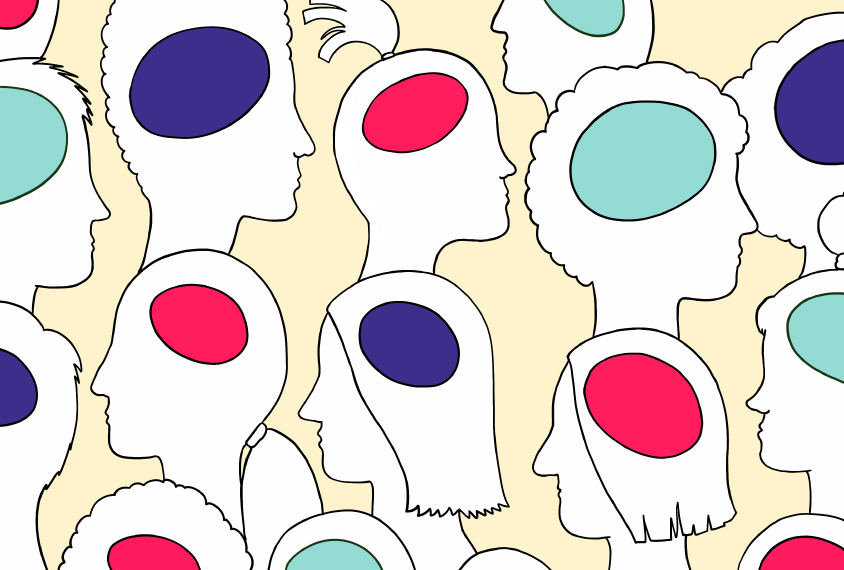
Autism’s relationship to head size, explained
Some people with autism have an unusually large head. What causes the enlargement? And does it have any bearing on outcome?
Autism genetics, explained
The more scientists dig into DNA, the more intricate its contribution to autism seems to be. Here, we unravel the complex genetics of autism.
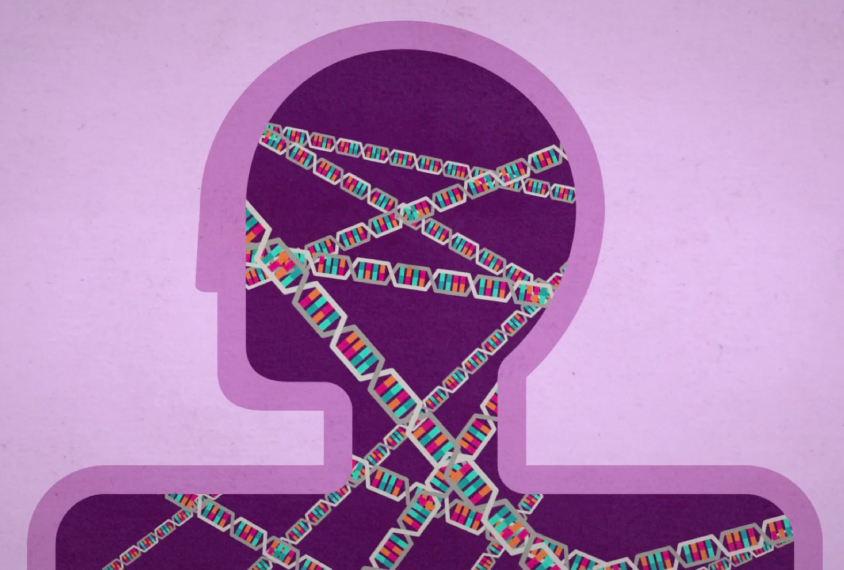
Autism genetics, explained
The more scientists dig into DNA, the more intricate its contribution to autism seems to be. Here, we unravel the complex genetics of autism.
The link between vitamins, supplements and autism, explained
Too little — or too much — of certain substances during pregnancy may increase the odds of having a child with autism. Here we explain what scientists know about these associations.
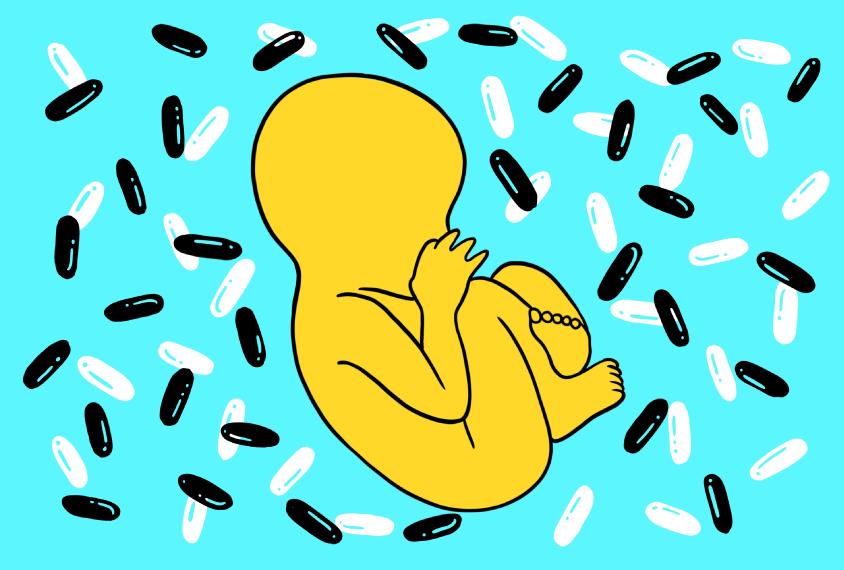
The link between vitamins, supplements and autism, explained
Too little — or too much — of certain substances during pregnancy may increase the odds of having a child with autism. Here we explain what scientists know about these associations.
Brain structure changes in autism, explained
Autistic people have distinct patterns of brain development, which sometimes result in differences in brain structure. Here's what we know about those differences.
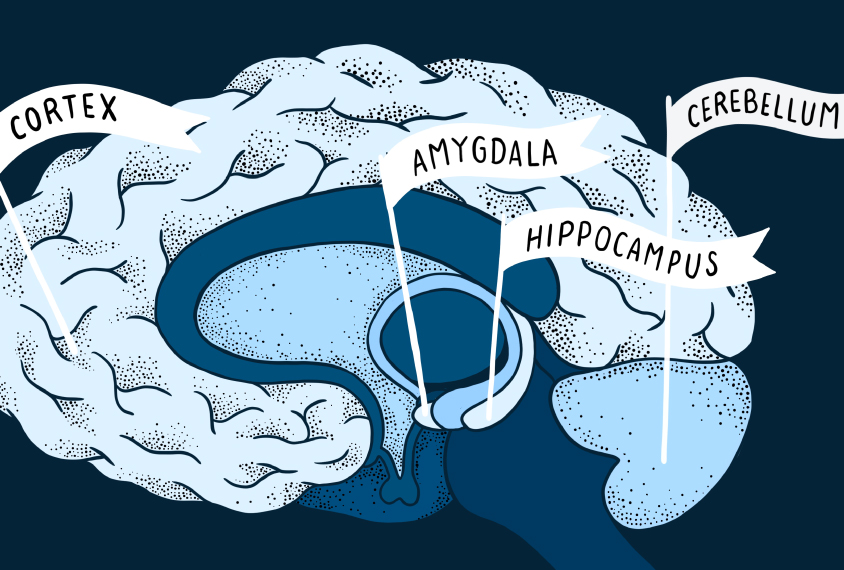
Brain structure changes in autism, explained
Autistic people have distinct patterns of brain development, which sometimes result in differences in brain structure. Here's what we know about those differences.
Diagnosis and interventions
Decisional capacity and informed consent, explained
To include more autistic people in research, here's what scientists need to know about informed consent procedures for study participants who have impaired decision-making capacity.
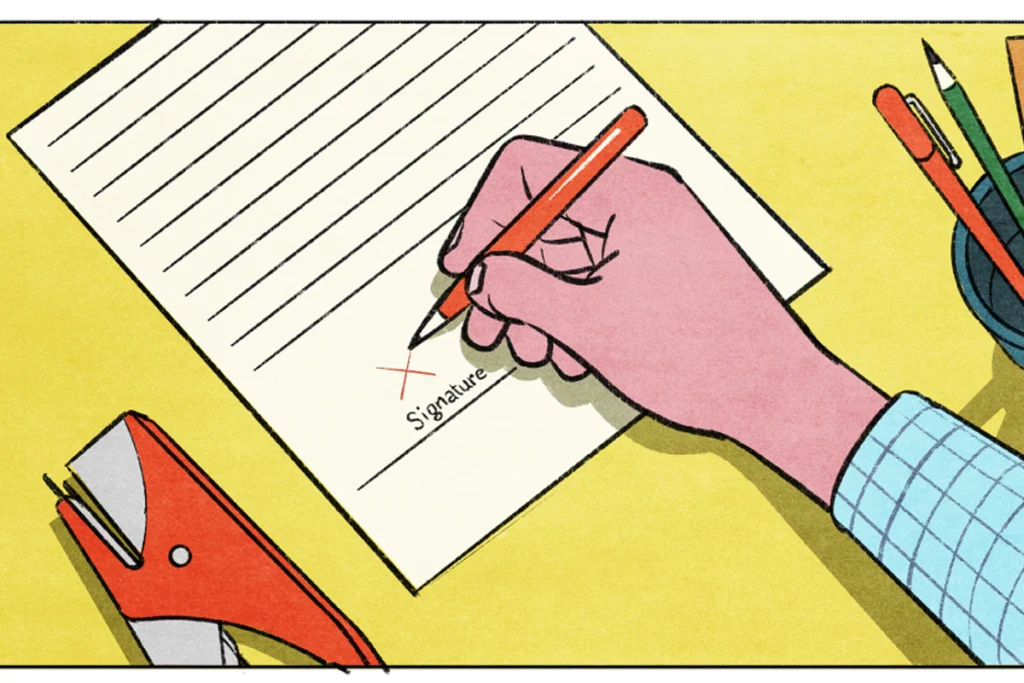
Decisional capacity and informed consent, explained
To include more autistic people in research, here's what scientists need to know about informed consent procedures for study participants who have impaired decision-making capacity.
Autism prevalence in the United States, explained
The bulk of the increase in autism prevalence stems from a growing awareness of the condition and changes to the diagnostic criteria.

Autism prevalence in the United States, explained
The bulk of the increase in autism prevalence stems from a growing awareness of the condition and changes to the diagnostic criteria.
The connection between oxytocin and autism, explained
Oxytocin, cemented in the popular imagination as the “love molecule,” could serve as a treatment for some autistic people who naturally have low levels of the hormone, researchers say.
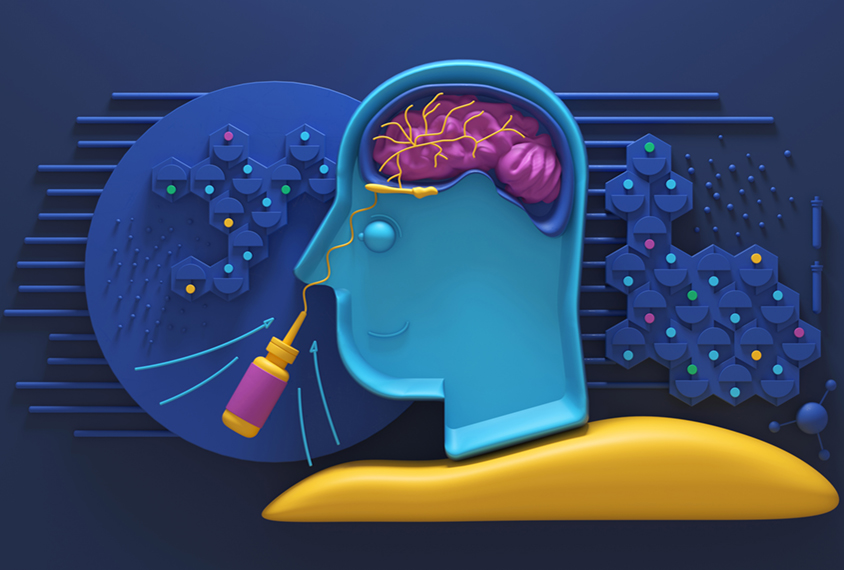
The connection between oxytocin and autism, explained
Oxytocin, cemented in the popular imagination as the “love molecule,” could serve as a treatment for some autistic people who naturally have low levels of the hormone, researchers say.
The evolution of ‘autism’ as a diagnosis, explained
From a form of childhood schizophrenia to a spectrum of conditions, the characterization of autism in diagnostic manuals has a complicated history.
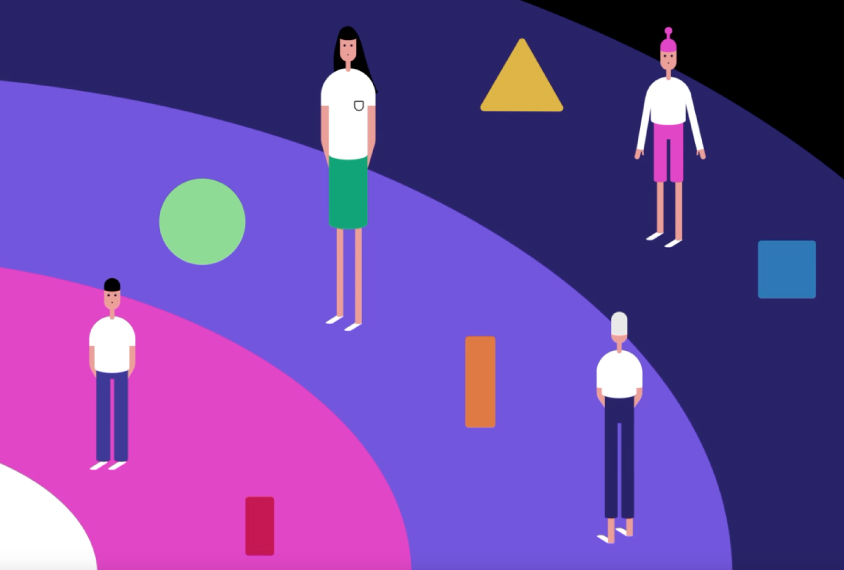
The evolution of ‘autism’ as a diagnosis, explained
From a form of childhood schizophrenia to a spectrum of conditions, the characterization of autism in diagnostic manuals has a complicated history.
Early interventions, explained
The accepted wisdom in autism research holds that early intervention offers the best promise for an autistic child’s well-being. But how effective are these therapies?
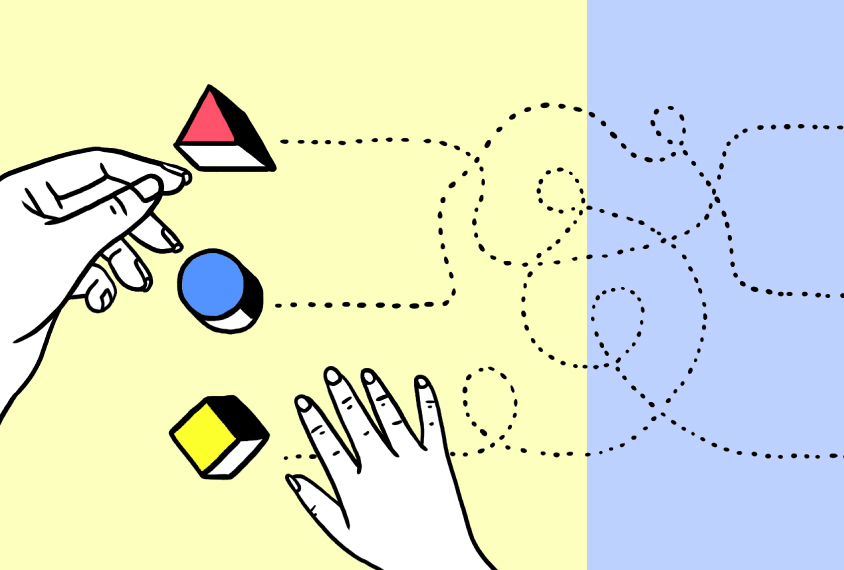
Early interventions, explained
The accepted wisdom in autism research holds that early intervention offers the best promise for an autistic child’s well-being. But how effective are these therapies?
Autism diagnosis, explained
New and improved autism screens and diagnostic tools promise to streamline the long path to an autism diagnosis.
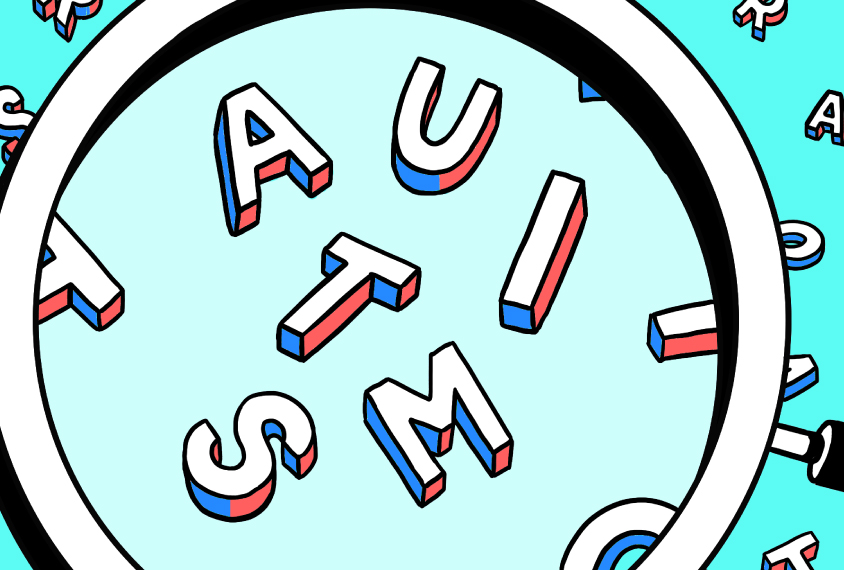
Autism diagnosis, explained
New and improved autism screens and diagnostic tools promise to streamline the long path to an autism diagnosis.
Cannabis and autism, explained
Autistic people and their families are increasingly experimenting with marijuana to try to ease problems such as insomnia, epilepsy and chronic pain — and traits of autism. But there is little evidence for its safety or effectiveness.
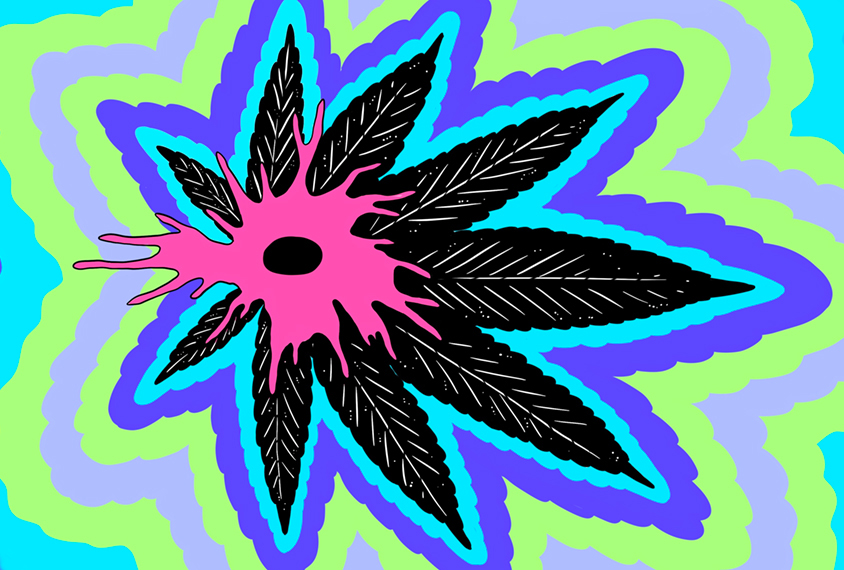
Cannabis and autism, explained
Autistic people and their families are increasingly experimenting with marijuana to try to ease problems such as insomnia, epilepsy and chronic pain — and traits of autism. But there is little evidence for its safety or effectiveness.
Living with autism
Anorexia’s link to autism, explained
People with anorexia are more likely to be autistic than those without the eating disorder, but the interplay between the two conditions is complex.
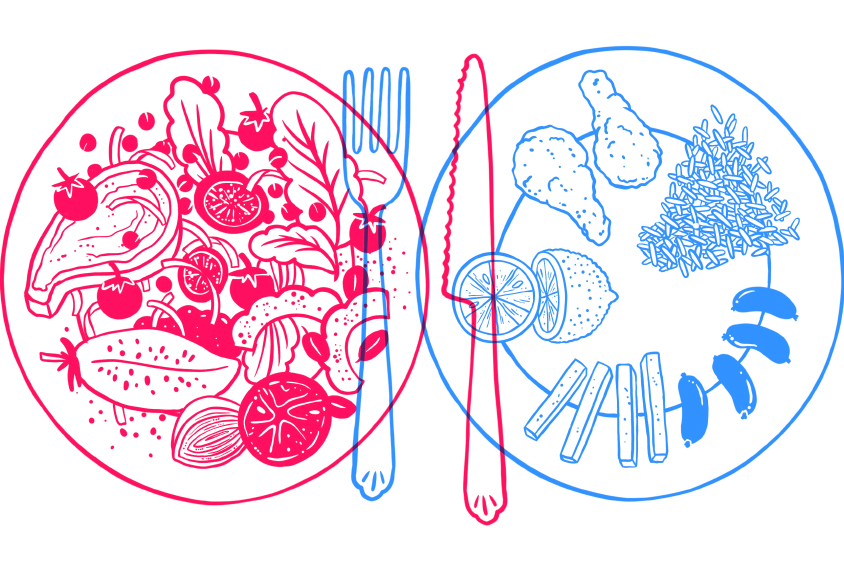
Anorexia’s link to autism, explained
People with anorexia are more likely to be autistic than those without the eating disorder, but the interplay between the two conditions is complex.
Autistic burnout, explained
‘Autistic burnout’ is the intense physical, mental or emotional exhaustion, often accompanied by a loss of skills, that some adults with autism experience.
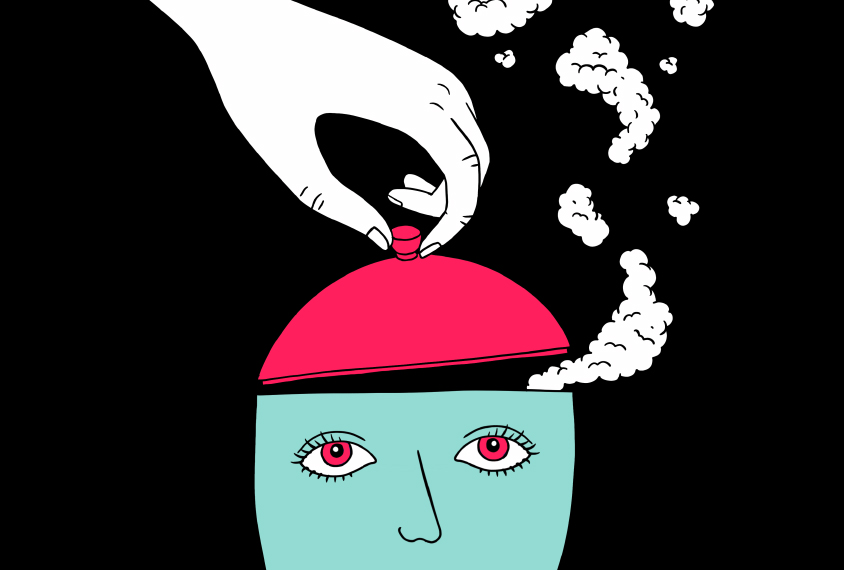
Autistic burnout, explained
‘Autistic burnout’ is the intense physical, mental or emotional exhaustion, often accompanied by a loss of skills, that some adults with autism experience.
Repetitive behaviors and ‘stimming’ in autism, explained
Restricted interests and repetitive behaviors constitute one of two criteria that define autism in the diagnostic manual for psychiatry.
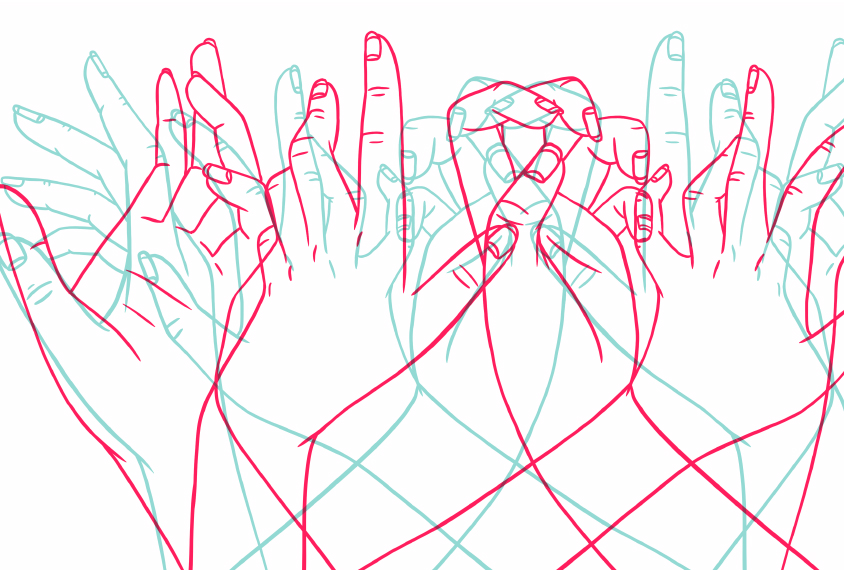
Repetitive behaviors and ‘stimming’ in autism, explained
Restricted interests and repetitive behaviors constitute one of two criteria that define autism in the diagnostic manual for psychiatry.
Sleep problems in autism, explained
Many people with autism have difficulty falling and staying asleep, but there may be ways to help them.

Sleep problems in autism, explained
Many people with autism have difficulty falling and staying asleep, but there may be ways to help them.
Social communication in autism, explained
Communication problems have always been considered a core feature of autism. Yet there are substantial and wide-ranging differences in how people with autism communicate.
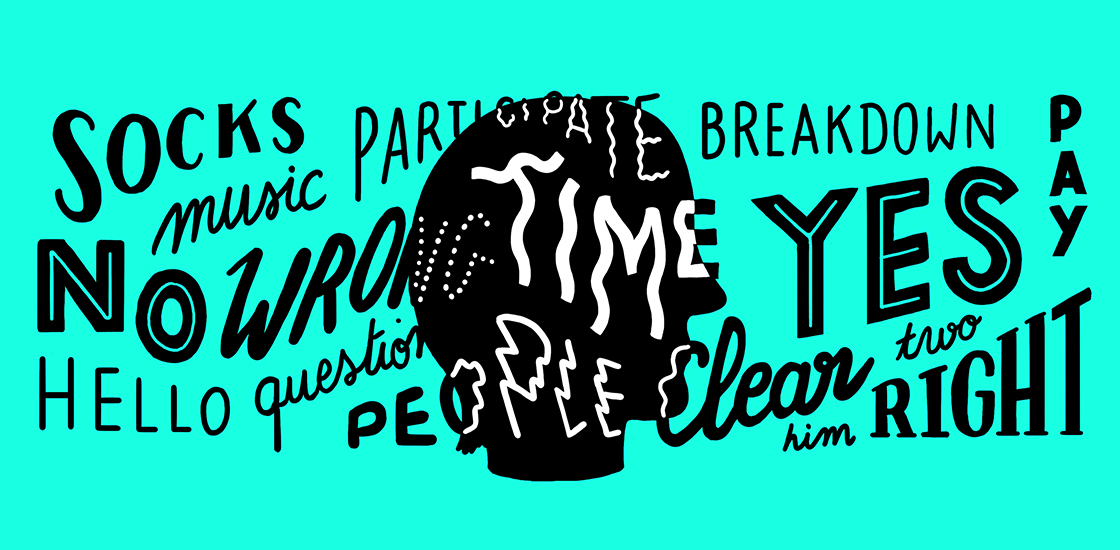
Social communication in autism, explained
Communication problems have always been considered a core feature of autism. Yet there are substantial and wide-ranging differences in how people with autism communicate.
The link between epilepsy and autism, explained
Autism and epileptic seizures often go hand in hand. What explains the overlap, and what does it reveal about autism’s origins?
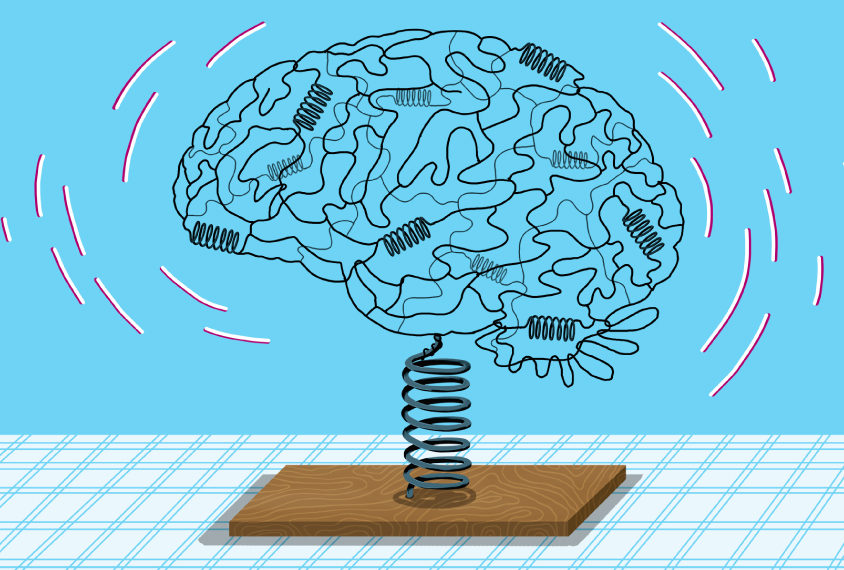
The link between epilepsy and autism, explained
Autism and epileptic seizures often go hand in hand. What explains the overlap, and what does it reveal about autism’s origins?
Conditions that accompany autism, explained
More than half of people on the spectrum have four to five other conditions. Which conditions, and how and when they appear, varies from one autistic person to the next.
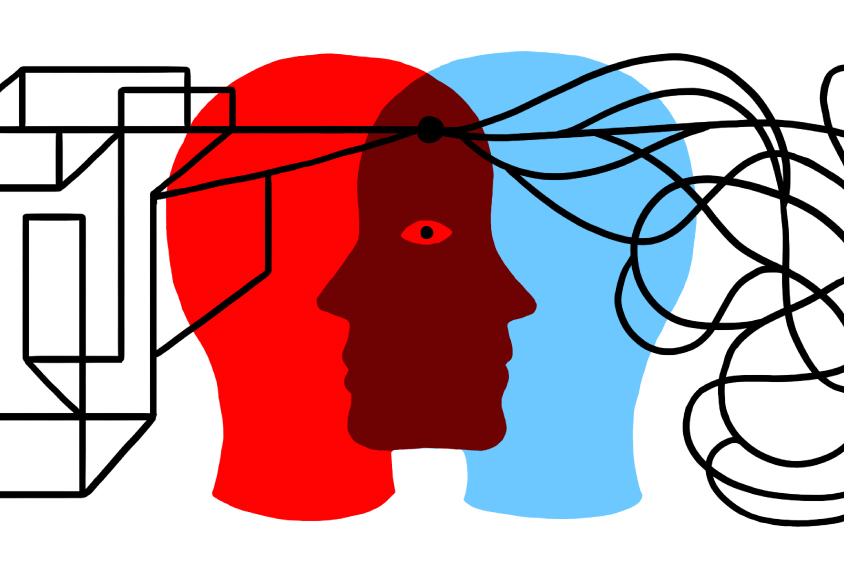
Conditions that accompany autism, explained
More than half of people on the spectrum have four to five other conditions. Which conditions, and how and when they appear, varies from one autistic person to the next.
Autism’s sex ratio, explained
More boys than girls have autism; diagnostic biases and genetic factors may explain the skewed sex ratio.
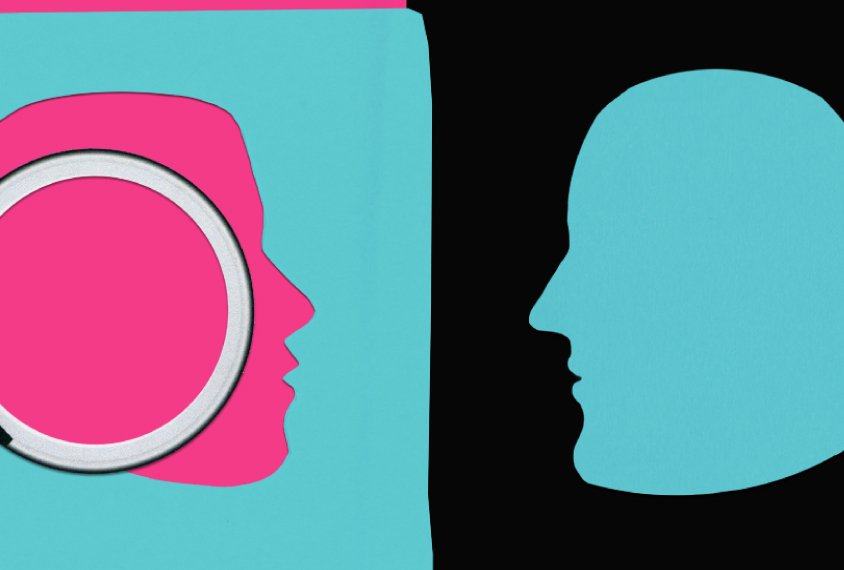
Autism’s sex ratio, explained
More boys than girls have autism; diagnostic biases and genetic factors may explain the skewed sex ratio.
Motor difficulties in autism, explained
Most people with autism have motor difficulties, ranging from an atypical gait to problems with handwriting, but researchers still have much to learn about their causes and consequences.
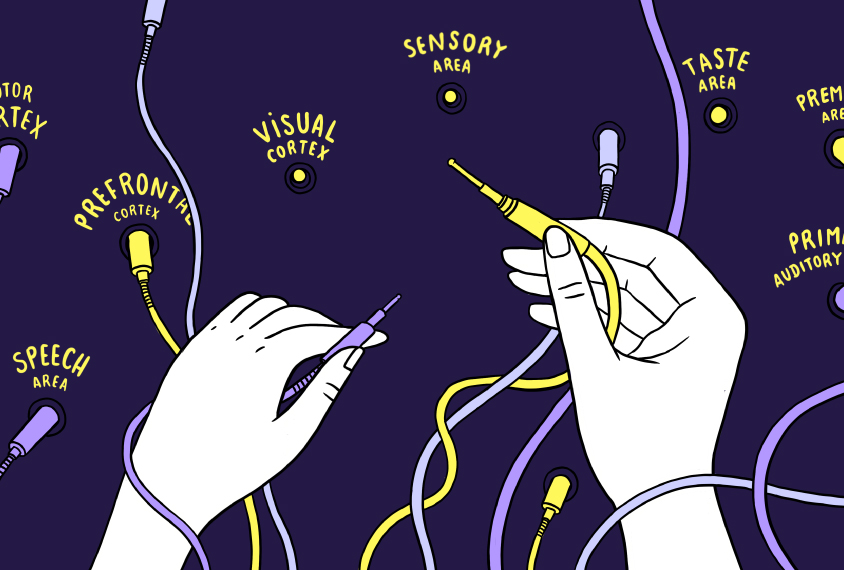
Motor difficulties in autism, explained
Most people with autism have motor difficulties, ranging from an atypical gait to problems with handwriting, but researchers still have much to learn about their causes and consequences.
Gender and sexuality in autism, explained
Gender and sexuality appear to be more varied among autistic people than among neurotypical people. What do scientists know about the connection?
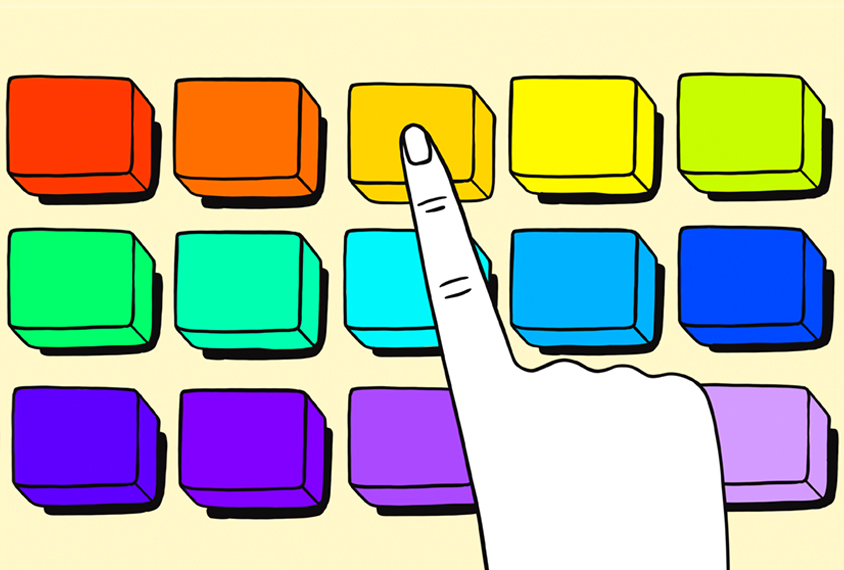
Gender and sexuality in autism, explained
Gender and sexuality appear to be more varied among autistic people than among neurotypical people. What do scientists know about the connection?
Explore more from The Transmitter
Remembering GABA pioneer Edward Kravitz
The biochemist, who died last month at age 92, was part of the first neurobiology department in the world and showed that gamma-aminobutyric acid is inhibitory.
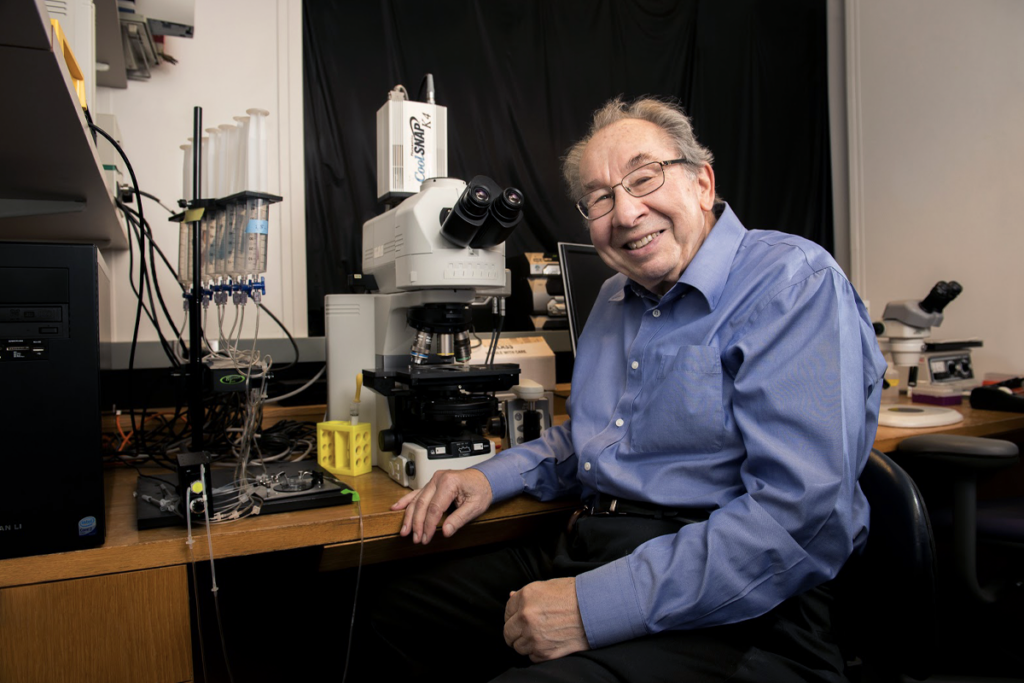
Remembering GABA pioneer Edward Kravitz
The biochemist, who died last month at age 92, was part of the first neurobiology department in the world and showed that gamma-aminobutyric acid is inhibitory.
Protein tug-of-war controls pace of synaptic development, sets human brains apart
Human-specific duplicates of SRGAP2 prolong cortical development by manipulating SYNGAP, an autism-linked protein that slows synaptic growth.
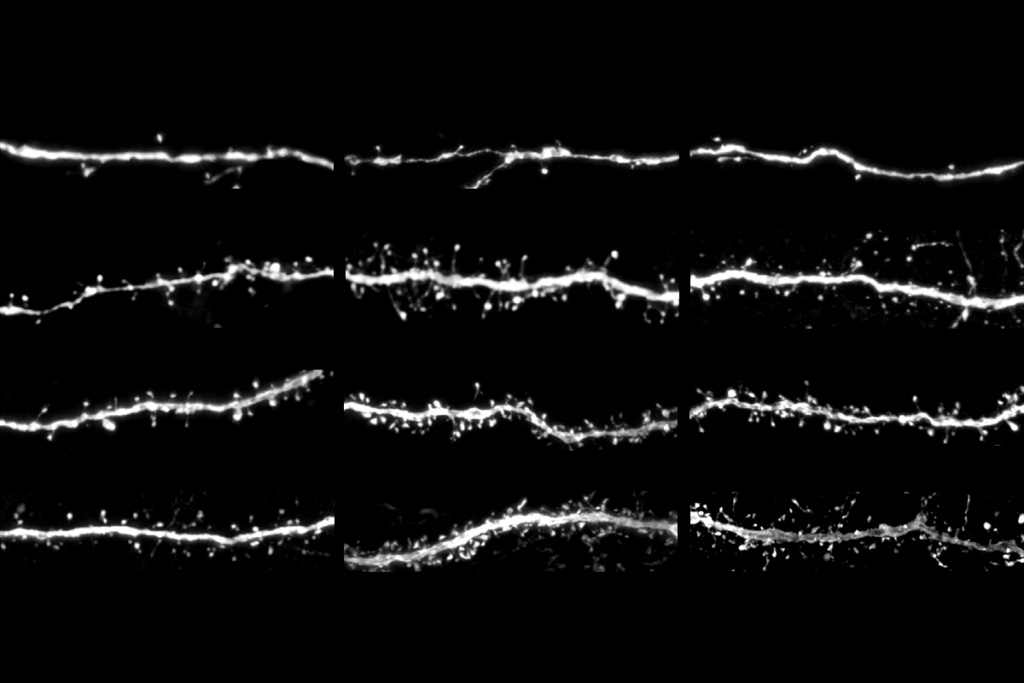
Protein tug-of-war controls pace of synaptic development, sets human brains apart
Human-specific duplicates of SRGAP2 prolong cortical development by manipulating SYNGAP, an autism-linked protein that slows synaptic growth.
Neurons tune electron transport chain to survive onslaught of noxious stimuli
Nociceptors tamp down the production of reactive oxygen species in response to heat, chemical irritants or toxins.
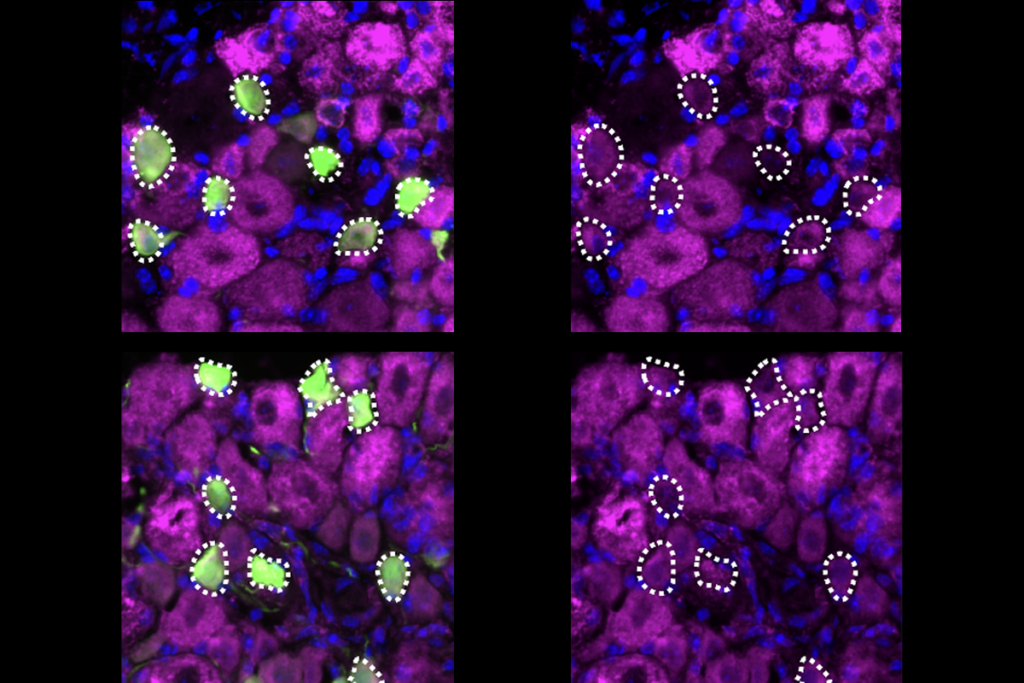
Neurons tune electron transport chain to survive onslaught of noxious stimuli
Nociceptors tamp down the production of reactive oxygen species in response to heat, chemical irritants or toxins.